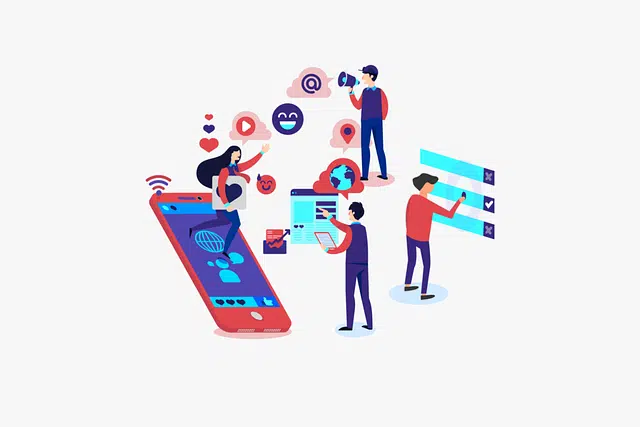
The idea of multimedia is associated with the simultaneous use of multiple media.
Multimedia is a term that comes from the English language and refers to that which uses several media simultaneously in the transmission of information . A multimedia presentation, therefore, can include photographs, videos, sounds and text .
The concept applies to objects and systems that use multiple physical and/or digital media to communicate their contents . The term is also used in reference to the media themselves that allow content with these characteristics to be stored and disseminated.
Multimedia communication
Multimedia communication facilitates understanding and learning , since it is very similar to direct human communication ( face to face ). In a conversation, we observe the interlocutor (which would be equivalent to a video) and listen to him (audio) while he accompanies his words with gestures and body movements (animations).
A presentation or multimedia broadcast can be done live or recorded. The dissemination of content, on the other hand, can be carried out through the Internet , projected on a screen or developed on a stage.
Some examples
A distance learning English course is an example of multimedia information. Whether online or through a CD-ROM or DVD-ROM, the student can watch videos to become familiar with the language, listen to audios to learn pronunciation, participate in interactive games with animations and read texts with explanations about grammar and spelling.
Web pages can also present multimedia developments, with animations in HTML5 and Flash , videos inserted from YouTube , background music and reading material. In these cases, we can speak of interactive multimedia, since it is the user who decides how the information will be presented and when to start it through his clicks.

Computing frequently uses multimedia content.
Importance of multimedia content in computing
The integration of multimedia content was one of the most important revolutions in computing at the user level in recent decades. Until the beginning of the 90s, although video games existed and educational programs for computers had already emerged, they were isolated products of very moderate complexity, given the limited resources offered by the equipment of the time.
As the power of computers grew and new components began to be used, which expanded their functionality, developers were able to include more varied content and combine it in an increasingly less expensive way. The Internet began as a slow and static resource, but little by little it benefited from the technological possibilities to make use of multimedia like no other medium.
Positive and negative aspects
As with any revolution, the early days of multimedia were a real fever: all companies wanted to abuse the possibility of combining text, audio and video in a single space, which gave rise to a large amount of confusing and noisy content. , which offered fewer benefits than its static ancestors.
However, time, experience and, above all, user feedback, shaped today's standards. With exceptions, the most common thing is that any Internet site makes use of various types of data to present its content; In the field of education, for example, this is especially beneficial, as long as space is given to the imagination and readers are encouraged to think for themselves.
Taking music theory as an example, a page that describes topics related to conducting an orchestra can rely on images to graph the staves, audio recordings to demonstrate different concepts and forms of execution, and videos to present a person doing use of the exposed techniques. All the information centralized, without taking up physical space and without it being lost or damaged: digital multimedia content is one of the most useful tools to complement the study.
